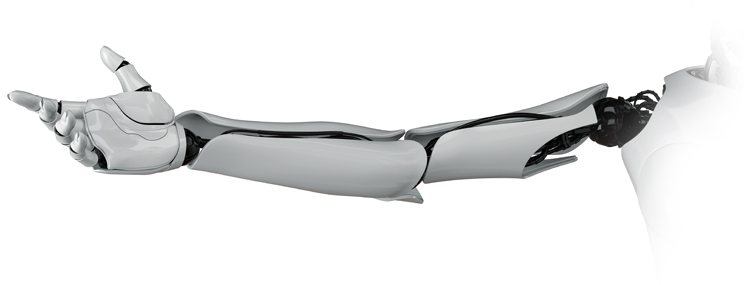A Future in Bioengineering
A Future in Bioengineering


A growing field awaits for those who enjoy mixing engineering with a love of medicine or science.
Bioengineering is as broad as its name implies but there are areas that are on the rise for those considering the field—and a changing education to go with it. University of Illinois bioengineering lecturer and chief academic advisor Jennifer Amos says many at her university go straight into the industry through medical or prosthetic design.
“In terms of our graduates in the Midwest, there are many medical device companies and students are seeing good jobs open up,” she says.
After the first two years of their program, students diverge into the computational track for programming and bioinformatics for gene research. “There is so much going on in the field,” she says. “Think of imaging … that has only been around for the past 20 years and exploring imaging techniques for better diagnostics cell and tissue has taken up the last 10. It’s about coming up with ways to replace tissues ….You also look at the therapeutic side with drug delivery. It’s interesting and profitable work.”
Amos says quantitative biology and computational biology systems are the fastest growing fields, looking at areas such as comparing a human or animal system to a theoretical or computational system.
“It’s understanding how to make a model and then use a model to confirm what we see in the human,” she says. “We learn from the process and then the top-down in clinical trials. When you start trials, you can’t alter dosage or delivery methods. By having better models, we can predict these kind of things and make changes that are safer.”
However, Amos says it’s the electrical aspects that are becoming less popular. “We were born out of the electrical engineering department, focusing on things like neurology. Circuits and systems used to be the top priority. It doesn’t mean electrical isn’t a part of the curriculum but it’s just more deemphasized now.”
Christopher Niels, a lecturer in bioengineering for the University of Washington, Seattle, believes a top quality for this area of study is something not measured as easily as a clinical trial: passion.
“The students in our department are motivated by medical technology, so they work hard to excel in engineering,” he says. “Conversely, the bioeng community is better served by graduates who put their hearts into academics because of a love for green energy, for example, and then became a bioengineer, than by someone who is half-interested in their biomedical studies. I am consistently impressed by the focus and drive that my students have, and think that it bodes well for the future of bioengineering.”
Eric Butterman is an independent writer.
I am consistently impressed by the focus and drive that my students have, and think that it bodes well for the future of bioengineering.Christopher Niels, University of Washington




